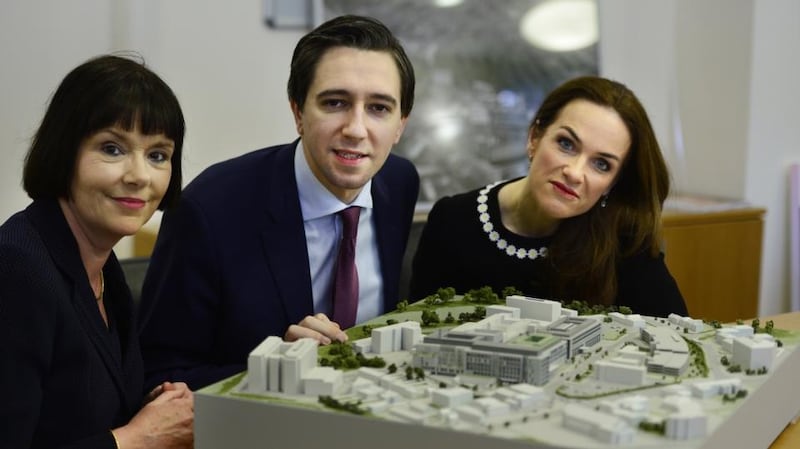The announcement by the Sisters of Charity that they are ending their involvement with St Vincent’s Hospital at Elm Park, Dublin, after 183 years is a major turning point in the history of religious involvement in Irish healthcare.
It also represents a huge victory for “people power”, much of it expressed online after controversy erupted last month over the fact that the nuns would, through their ownership of St Vincent’s, also take control of the new national maternity hospital to be built on the same campus.
The “people” who made the running on the issue were unhappy at the extent of religious involvement in healthcare, and incensed at the notion that this involvement might be increased further though the “gifting” of ownership of the maternity hospital to the Sisters of Charity.


In Dr Peter Boylan, former master of the National Maternity Hospital (NMH), this viewpoint found an unlikely, yet articulate and determined, hero. Now in retirement, Dr Boylan spoke out against the interests of his alma mater, which had already signed up to the deal mediated last November that would give the nuns ultimate ownership of the site.
For his efforts, he was effectively forced to resign from the board of Holles Street. In the court of public opinion, however, he emerged as a clear victor in the debate. Repeatedly, he asked why the State was gifting a €300 million project to a religious order, a question that went went unanswered.
Guarantees
It is true, as the NMH tried to point out, that questions of ownership would have little sway on the vast majority of work carried out in the new facility. Last November’s agreement also contained guarantees of clinical independence for the maternity hospital, though a closer examination of the document unpicked these to some extent.
The nub of the issue lay in the potential conflict between the Catholic ethos prevailing in St Vincent’s, and which could then also apply to the new maternity hospital, and procedures incompatible with that ethos.
Would it be possible to provide abortions in the new hospital as permitted by law, which seems likely to change in the coming years? This was the central question underlying the debate. As Dr Boylan pointed out, no Catholic hospital in the world permits such procedures to be carried out within its walls.
While the internet thinks in terms of seconds, the Catholic Church thinks in generations and even centuries. This faultline led to speculation, much of its exaggerated and unfair, about the nuns’ intentions.
The Sisters of Charity are no longer actively involved in providing healthcare and their numbers are dwindling. This was never about nuns patrolling hospital corridors.
As with other orders, they had begun to look at other ways to structure their affairs but little was known of their internal deliberations. What is clear is that the past month’s controversy has accelerated a process that may otherwise have taken years or even decades. It also seems to have taken things further, to the extent that a clean break is now planned by the order.
This is a sudden, even ignominious, end to decades of provision of care for the sick and the needy.
For the Catholic Church, it may not end there; it seems likely that other church institutions involved in health and education may beat a hasty retreat in the face of public antipathy to their continuing involvement in these sectors of society.
The sisters’ announcement has been welcomed across the spectrum, though concern has been expressed that the maternity hospital will remain outside public ownership. St Vincent’s, and the NMH, are both voluntary hospitals, and they will remain so under the new arrangements, even though they are largely State-funded.
Voluntary hospitals have diverse but distinct identities. They value their independence from the Health Service Executive, and argue they are the better for it. Most have boards filled with relevant experts from health, law and finance; most HSE hospitals have no boards, and are accountable to no one.
Unpicking these structures, so intricately bound in power structures, tradition and private medicine, may take a lot longer than persuading the Sisters of Charity to leave the healthcare stage.
Some in Holles Street may also be concerned that the maternity hospital may yet come under the thumb of the much larger adult hospital in St Vincent’s. Aside from the withdrawal of the Sisters of Charity, no changes to last November’s agreement are envisaged by St Vincent’s in terms of ownership and board structure. That means the NMH will become a subsidiary of St Vincent’s and its master will report to the clinical director there.









